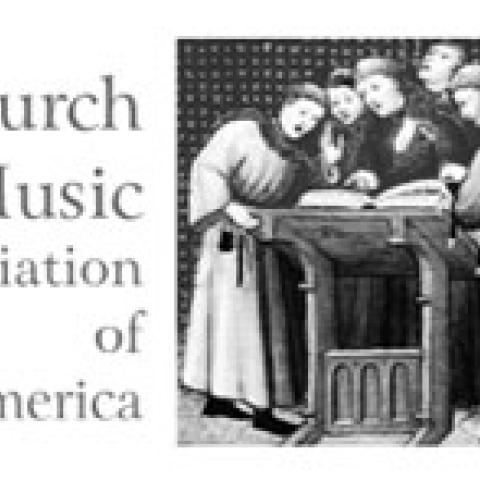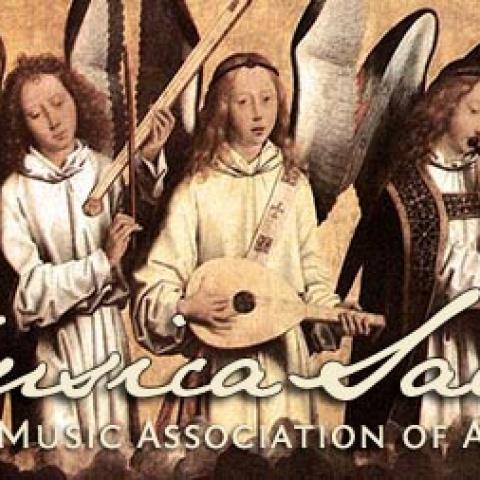The Church Music Association of America, in collaboration with Nova Southeastern University, will hold a conference on Charles Tournemire’s L’Orgue Mystique February 2–3, 2012 on the campus of Nova Southeastern University in Fort Lauderdale, and at the Church of the Epiphany in South Miami.
The conference seeks to explore the aesthetic, liturgical, and compositional principles of L’Orgue Mystique, the implications of the work for modern compositions inspired by Gregorian chant, and the role of modern compositions and the organ in the Catholic liturgy.
The conference will include a Missa Cantata for the Feast of the Purification of the Blessed Virgin Mary (Candlemas) featuring Tournemire’s office for the day from L’Orgue Mystique, a concert featuring selections from L’Orgue Mystique, as well as recital programs and papers relating to the conference theme.
For information:
www.musicasacra.com/tournemire.
Conference on Tournemire’s <i>L’Orgue Mystique</i> to be held in February
THE DIAPASON




